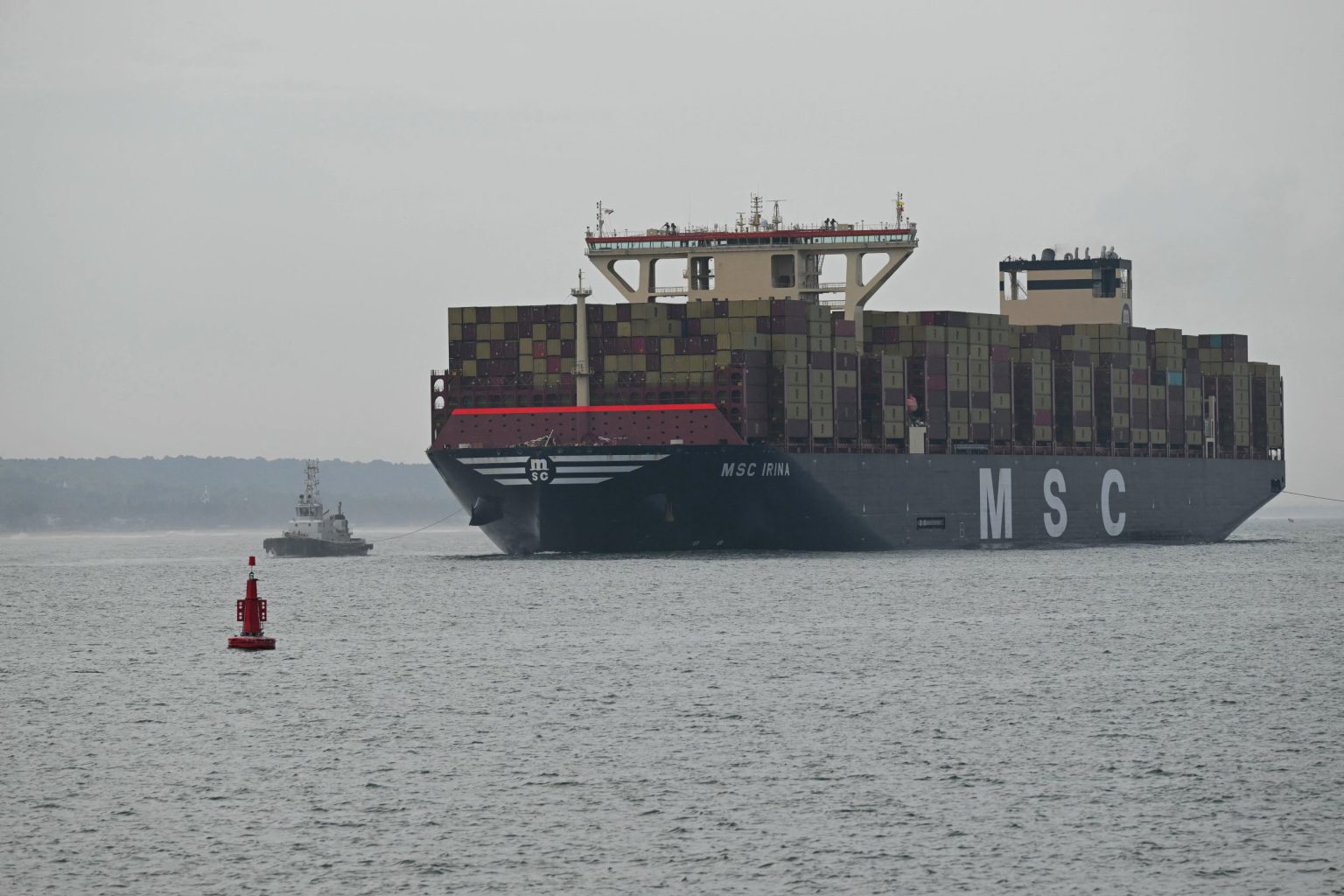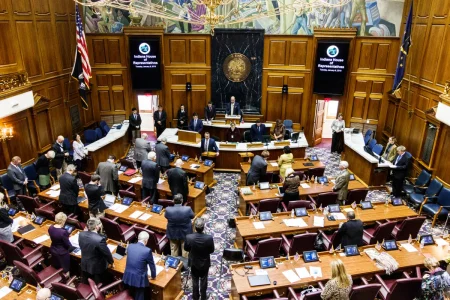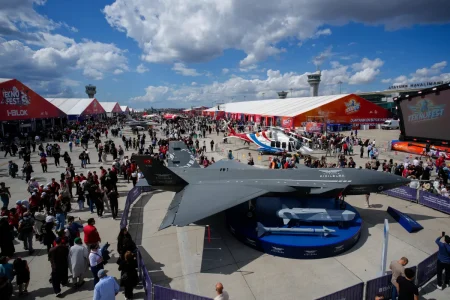Container Ship Captain’s Arrest Highlights Maritime Safety Concerns
In a concerning incident that unfolded in Seattle last week, the captain of the massive container ship MSC Jubilee IX found himself in handcuffs, arrested on suspicion of operating the vessel while intoxicated. The situation came to light when a vigilant Puget Sound Pilot noticed troubling signs of impairment during what should have been a routine transit to Terminal 5 on August 20. The story serves as a stark reminder of the immense responsibilities carried by those who command these floating giants and the critical safety systems in place to protect our waterways and ports. According to U.S. Coast Guard officials, the captain’s breathalyzer test revealed alcohol levels more than six times the legal limit for commercial mariners—a shocking revelation considering the precision required to navigate a vessel exceeding 1,000 feet in length through busy shipping channels.
The immediate response to this potential disaster showcased maritime safety protocols working exactly as designed. When the Puget Sound Pilot recognized the captain’s concerning behavior, they quickly took action, working with the ship’s first mate to safely navigate the enormous vessel to its destination without incident. This collaborative effort likely prevented a dangerous situation from escalating into a catastrophe. Upon arrival at Terminal 5, Coast Guard personnel boarded the ship and administered field sobriety and breathalyzer tests that confirmed their suspicions about the captain’s condition. The arrest that followed resulted in the captain being transported to King County Jail, with charges for boating under the influence referred to the local prosecutor’s office. Meanwhile, the massive container ship was temporarily detained until a qualified replacement captain could be confirmed, ensuring operations could resume safely.
The significance of this incident extends well beyond a single case of impaired judgment. The sheer scale of modern container vessels like the MSC Jubilee IX—over 1,000 feet long and 134 feet wide—means that any navigational error could have devastating consequences. These floating skyscrapers require extraordinary skill to maneuver through narrow port approaches, especially in challenging conditions. The precision demanded of ship captains cannot be understated, and industry regulations reflect this through strict alcohol limits for commercial mariners. When these limits are exceeded by such a substantial margin, as allegedly occurred in this case, the risk of collision, grounding, or other maritime incidents increases dramatically. Such accidents could potentially result in environmental damage, economic disruption, and even loss of life.
Paul Shultz, Special Agent in Charge of the Coast Guard Investigative Service’s Northwest Field Office, highlighted the gravity of the situation in his public statement: “The Coast Guard is proud to ensure the safety and security of the maritime transportation system. The Pilot’s immediate intervention mitigated significant risks and ensured the safe passage of the vessel.” These words underscore the multi-layered safety approach employed in commercial shipping, where pilots with specialized local knowledge assist ship captains during the most challenging parts of a voyage. This system of checks and balances proved invaluable in this instance, as the pilot’s expertise and quick decision-making prevented what could have been a serious maritime incident. Following the intervention, the ship was eventually cleared to depart Seattle on August 22, continuing its journey under new leadership. As of Sunday afternoon, maritime tracking data showed the vessel near Port Rupert, Canada.
The incident aboard the MSC Jubilee IX also draws attention to the broader context of commercial shipping operations in U.S. waters. The shipping industry has faced numerous challenges in recent years, including changing trade patterns influenced by tariff policies that have affected the flow of goods through ports like Seattle. Container ships have become larger and more complex as shipping companies seek greater efficiency and economy of scale. This evolution has increased the stakes for safe navigation, particularly in congested waterways and during port approaches. The responsibility placed on ship captains has similarly expanded, with these officers making critical decisions that affect not only their vessel and crew but potentially entire port communities. The Coast Guard’s swift response to this incident reinforces their vital role in maintaining the safety and integrity of U.S. maritime commerce.
As the investigation continues, maritime authorities will likely examine the circumstances that led to this troubling situation. Questions about screening procedures, crew oversight, and company policies will need to be addressed to prevent similar incidents in the future. The case serves as a powerful reminder of the human element in shipping safety—even in an age of advanced navigation technology and automated systems, the judgment and capabilities of key personnel remain critical factors. For the shipping industry, the incident offers an opportunity to review and potentially strengthen protocols for ensuring crew fitness for duty. For the general public, it provides a glimpse into the complex world of commercial shipping and the extensive safety measures that normally operate behind the scenes to protect our ports, waterways, and coastal communities from preventable accidents. As the legal process unfolds for the captain in question, the incident will undoubtedly serve as a cautionary tale throughout the maritime industry.















